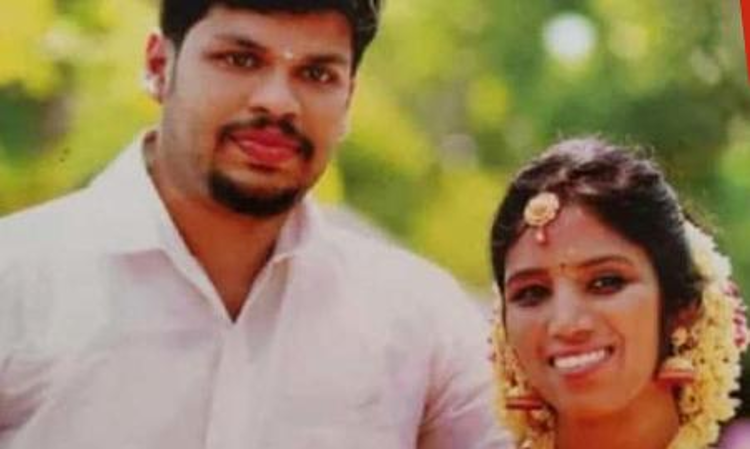Uthra Case : 27 Circumstances Which Proved Murder Using Live Cobra
Hannah M Varghese
15 Oct 2021 10:01 AM IST

From busting the 'serpentine curse' myth to unravelling a merciless murder, the prosecution faced several obstacles before it could successfully prove the guilt of the accused.
Next Story


